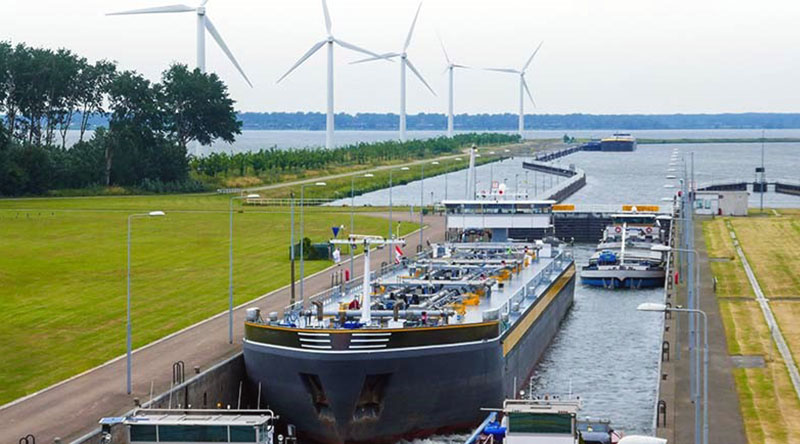In March we reported on developments in the port of Rotterdam in which addressed a number of changes and challenges expected in the coming years. In recent weeks we have taken note of two additional news reports in the Netherlands which will impact the future scale and focus of cargo operations in Dutch sea ports:
- European Union subsidy in inland ports in Limburg: The Dutch government together with the European Union has announced a Euro 76,3 million investment in the development of inland ports in the province of Limburg. The Willem Alexander Port in Roermond, de Chemelot port in Stein and the Beatrixhaven in Maastricht will be part of a greater project of improving the inland waterway infrastructure between Limburg and the ports of Rotterdam and Antwerp. The three ports already provide an important contribution to the Dutch inland shipping sector but the investment is expected to shift significant amounts of cargo from the roads onto inland vessels. This will increase capacity and reduce the carbon footprint with an expected 200.000 tons of cement being expected to shift to inland vessels through the Beatrixhaven alone. The project is also a necessary part of the climate goals of the large commodity and product producers in the region such as the Chemelot site which includes some of the biggest industrial producers in the Netherlands and has committed to becoming fully climate neutral by 2050.
- Expected cargo volumes of inland shipping: The research firm Panteia has published a report regarding expected cargo volumes within the Dutch inland sector until 2027. The total growth in volume is expected to be low at around 1% but there is a significant shift in both the types of cargo and the size and type of vessels involved. Whereas traditionally the bulk sector has been by far the biggest part of the inland market, the developments in the coming years will see a reduction in coal and agricultural bulk products whereas the container volumes are expected to increase by 36%. Although the spike in coal and other energy related products mentioned in our prior insight was always expected to be temporary the changes are significant. This can be explained in part due to market demand but also due to the government policy aimed at shifting cargo from the road to the inland waterways. The Dutch government has a target of shifting 3000 teu per day from the road to the inland waterways by 2025 through subsidising transport and investments in infrastructure as just announced for the ports in Limburg.
These developments in the Dutch inland sector are both a cause and consequence of changes in Rotterdam and other Dutch ports. The change in market demand, the ambitious climate goals both at a national and European level, the political commitment to subsidising inland shipping and the investment in the infrastructure will have a direct impact on the focus and volumes in Dutch seaports.
With our experienced team NNPC Correspondents is available 24/7 to assist with any cargo related issues in all Dutch inland and sea ports. Should you require assistance, please do not hesitate to contact us.

